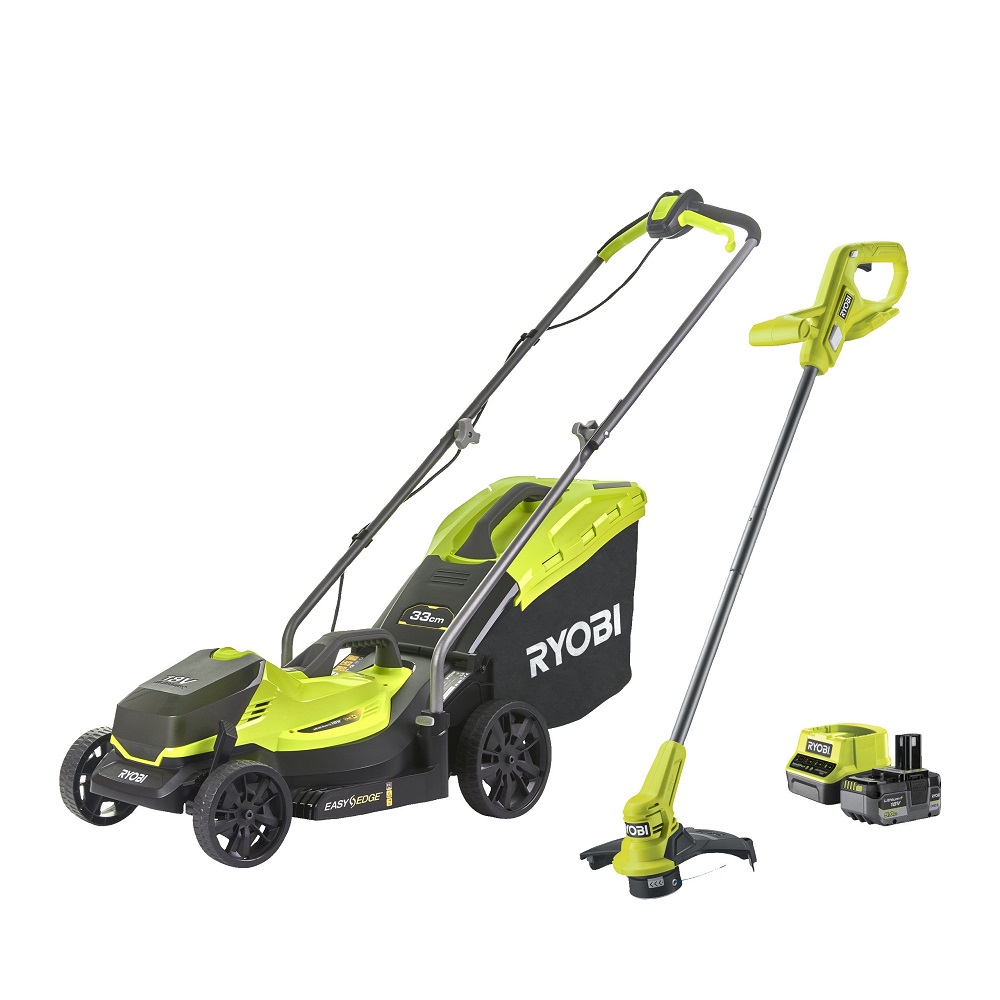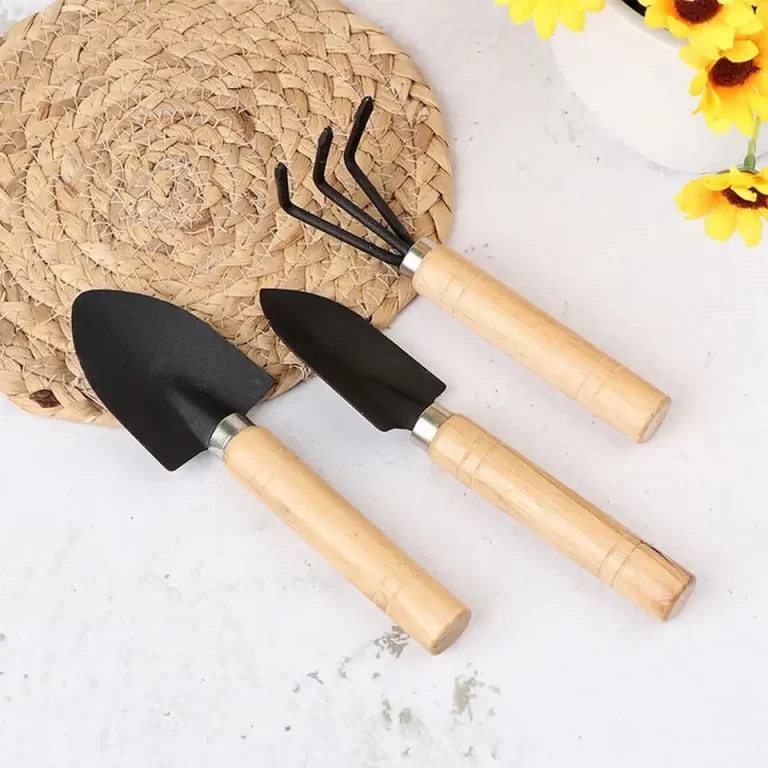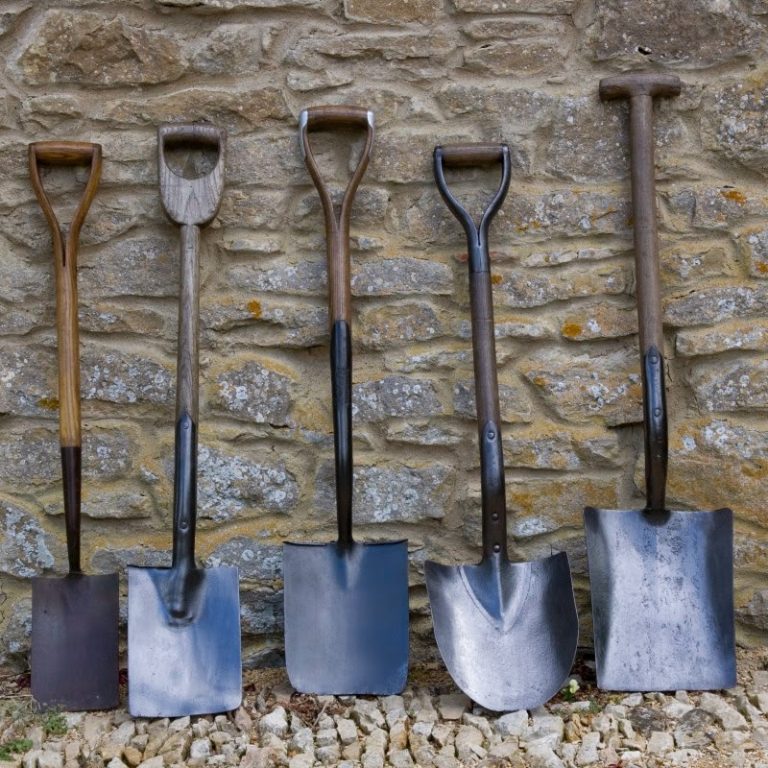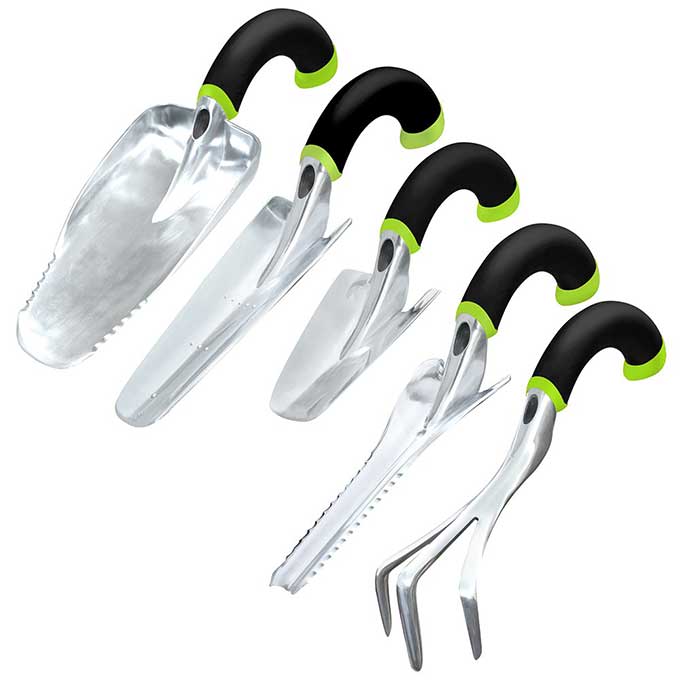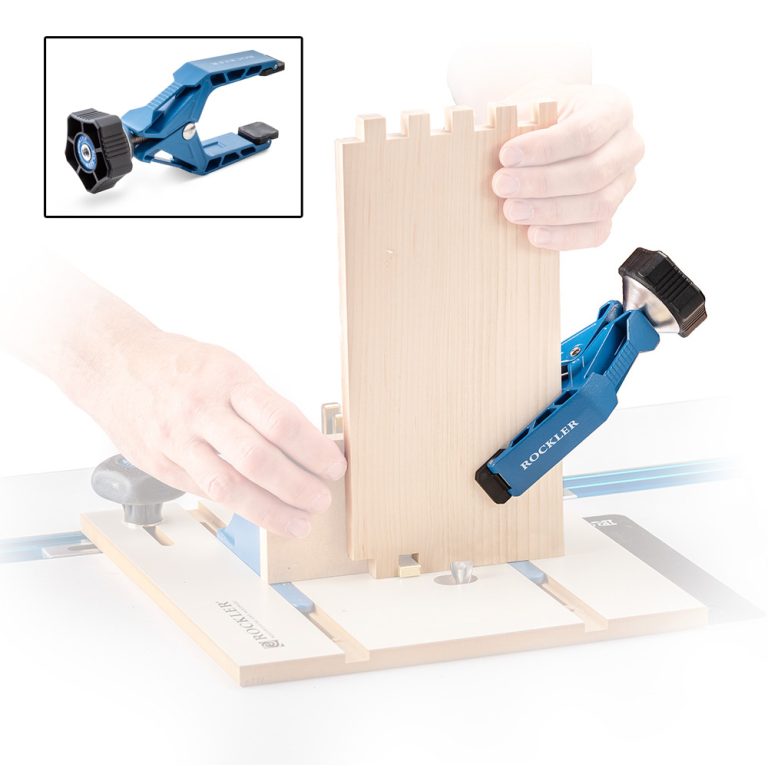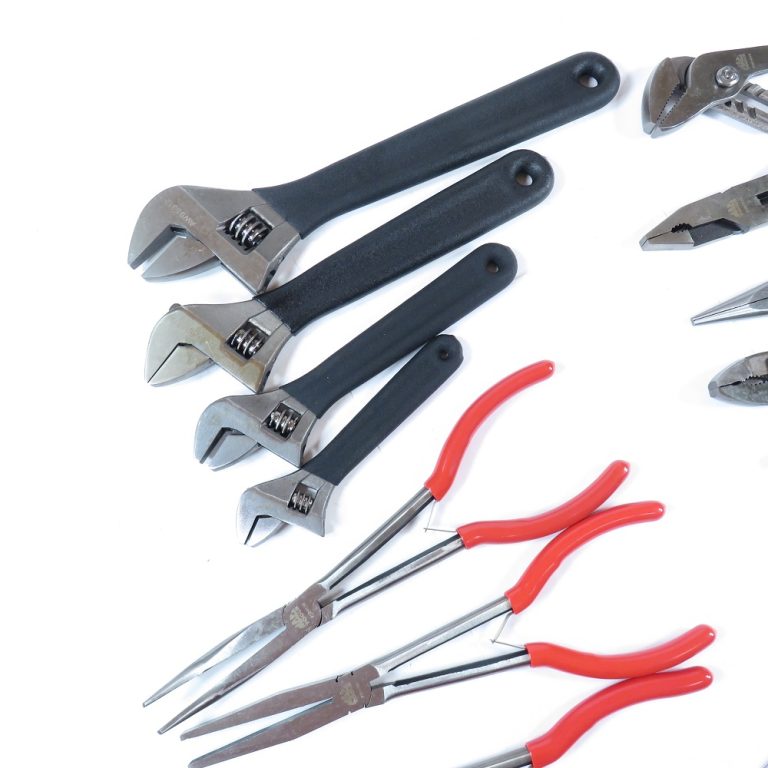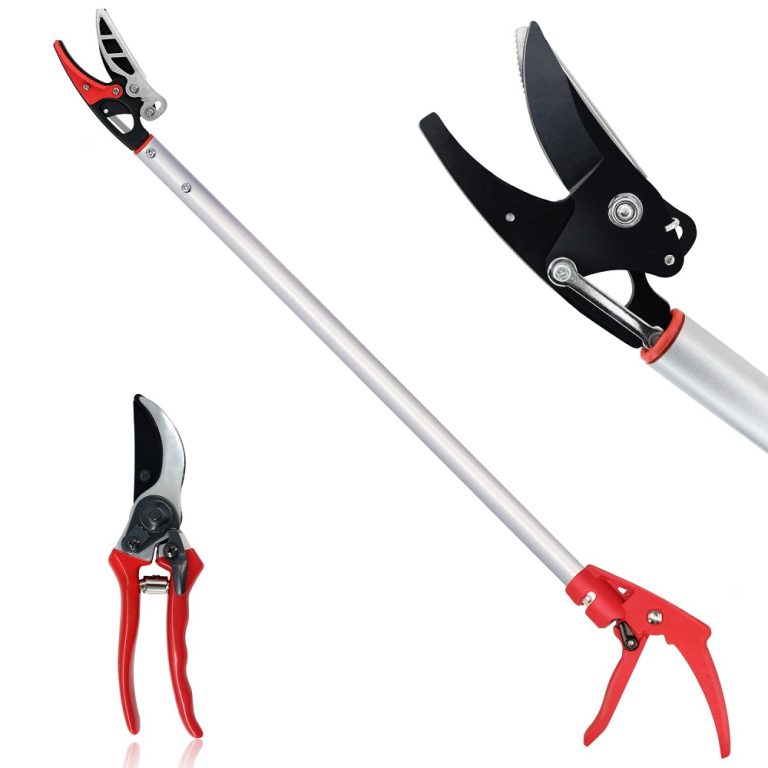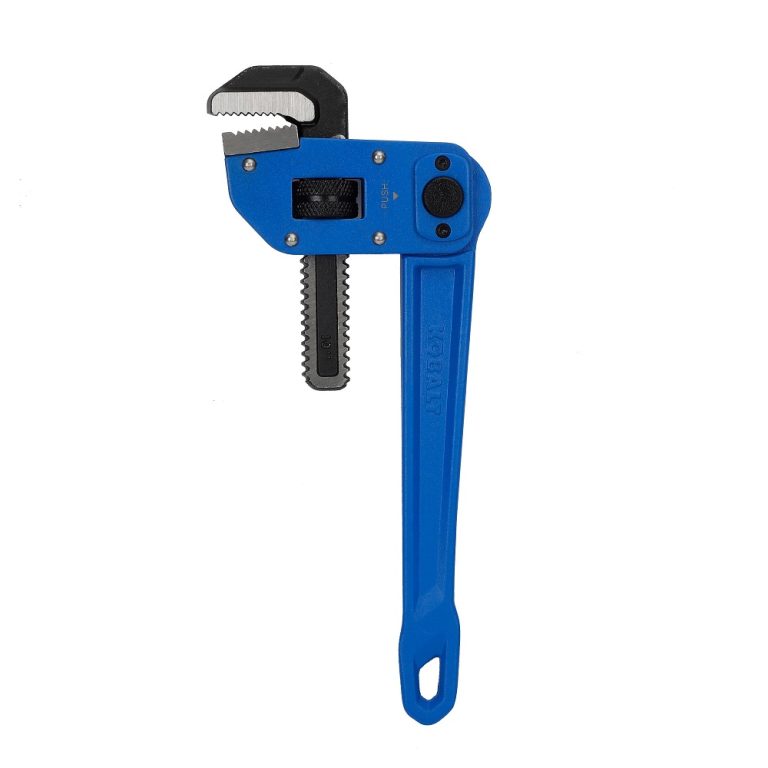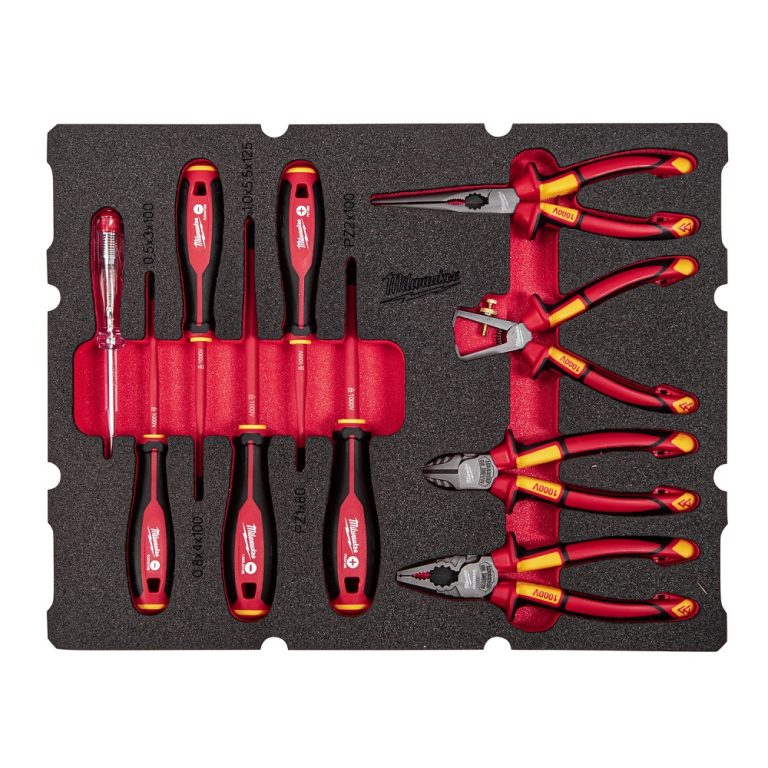Gardening can be a profoundly rewarding activity. Yet it often requires physical labor, time, and the right tools to achieve the desired results. In recent years, cordless garden tools have surged in popularity among gardening enthusiasts and homeowners alike. These tools combine convenience and efficiency, allowing for seamless yard work without the hassle of cords and outlets. This article explores the benefits of cordless garden tools, different types available, and tips for selecting the best tools for your gardening needs.
Benefits of Using Cordless Garden Tools
Cordless garden tools have revolutionized how we maintain our outdoor spaces. These modern tools make gardening and yard work easier, faster, and more enjoyable. By eliminating cords and harnessing advanced battery technology, they offer significant advantages to homeowners and garden enthusiasts.
Freedom from Cords and Hassle
Cordless garden tools eliminate the need for tangled cords. This removes the frustration of repeatedly untangling or maneuvering cords around obstacles while working. Traditional corded tools often limit movement and require proximity to a power source. Cordless tools allow you to work freely, enhancing accessibility to the farthest points of your yard.
Enhanced Mobility and Convenience
Lightweight and portable designs of cordless garden tools make them convenient to use. These tools enable easy movement without being tethered to power outlets. Gardening tasks can now be completed swiftly, even in areas that are hard to reach. From trimming hedges to clearing leaves, mobility and user comfort are greatly improved.
Reduced Noise Levels Compared to Gas-powered Tools
Cordless garden tools are quieter than noisy, gas-powered machines. Lower noise levels mean less disturbance to neighbors and wildlife. They provide a peaceful gardening experience and are ideal for early morning or evening use when quieter operation is preferred. This makes maintaining your garden harmonious and non-disruptive.
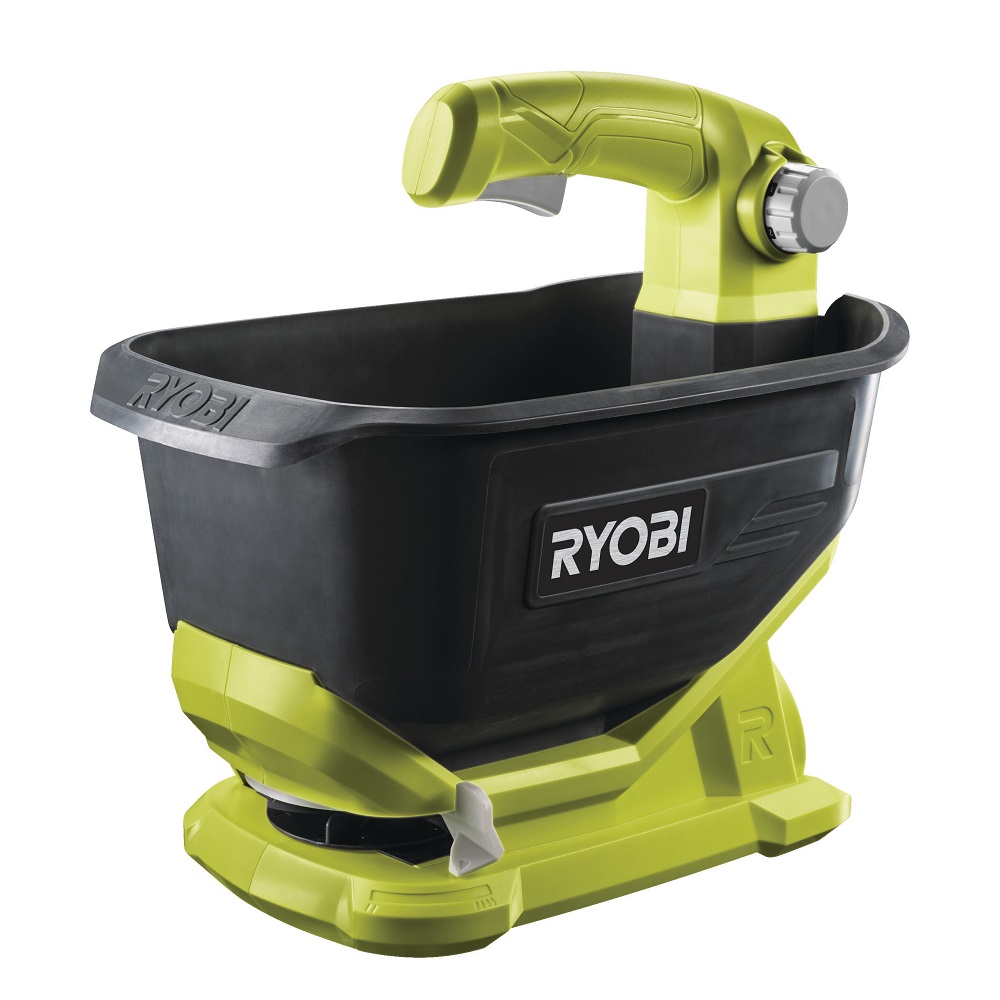
Types of Cordless Garden Tool
Cordless garden tools come in various types to handle different yard tasks. These tools leverage advanced battery technology to offer convenience, reduced noise, and hassle-free operation. Below are the primary types and their uses.
Cordless Lawn Mowers
Cordless lawn mowers offer efficient mowing without cords or gas. They are perfect for small to medium lawns. Lightweight designs and ergonomic handles make them easy to maneuver. Many models feature adjustable cutting heights for precision mowing. With quiet operation, they reduce noise pollution in neighborhoods.
Cordless Hedge Trimmers
Cordless hedge trimmers simplify shaping and pruning hedges. These tools allow precise and smooth trimming. They are lightweight and portable, making it easy to control and handle. Rechargeable batteries ensure extended use. They work well in tight spots and eliminate the hassle of tangled cords.
Cordless Leaf Blowers
Cordless leaf blowers help clear leaves and debris with ease. They provide quick and powerful airflow for garden cleaning. Compact designs and ergonomic grips make them comfortable to use. Battery-powered models run quietly, making them suitable for early morning or evening cleanups.
Cordless Chainsaws
Cordless chainsaws are ideal for cutting branches and small logs. They are easy to start and operate. Lightweight designs enhance user comfort even during longer tasks. Advanced safety features protect users from accidents. Quiet motors and battery efficiency make them eco-friendly and convenient.
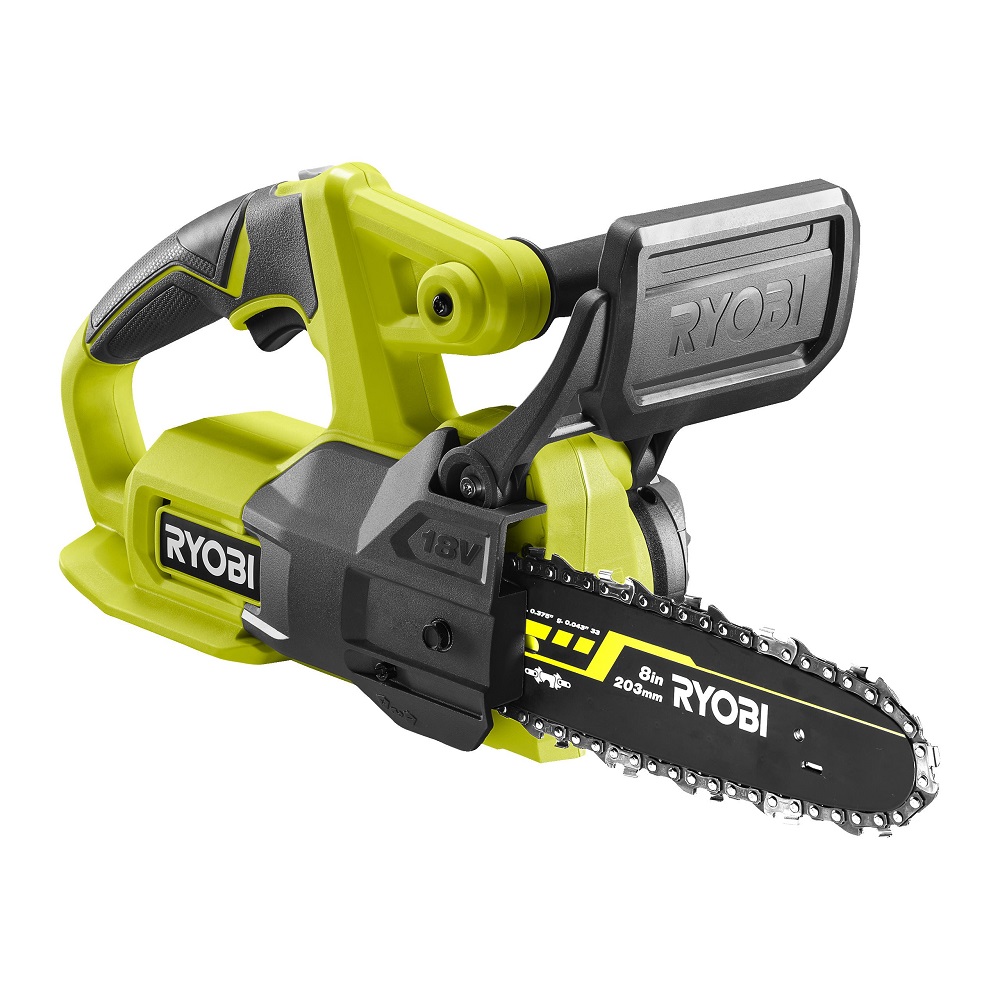
Battery Technology in Cordless Garden Tool
Understanding battery technology is crucial when choosing cordless garden tools. Modern advances offer enhanced performance, durability, and convenience. Batteries power tools like lawn mowers, hedge trimmers, blowers, and chainsaws effectively and reliably. Let’s explore key aspects of cordless garden tool batteries.
Lithium-Ion Batteries: Power and Longevity
Lithium-ion batteries are the most commonly used in cordless garden tools. They are lightweight yet powerful, making them ideal for demanding yard tasks. These batteries offer higher energy densities, providing longer runtimes compared to older technologies. One of their main advantages is the absence of memory effect, ensuring consistent performance over numerous charge cycles. Recharge times are quick, reducing downtime so you can complete your gardening efficiently.
Battery Capacity and Runtime
Battery capacity determines how long a tool can operate before needing a recharge. Capacity is measured in ampere-hours (Ah); higher Ah ratings mean longer runtimes. For example, a 5.0Ah battery runs longer than a 2.5Ah one. Runtime varies based on the tool type and intensity of use. Tools that require high power—like chainsaws—consume battery life faster. It’s essential to pair tools with batteries that suit your yard work needs.
Tips for Extending Battery Life
To maximize battery lifespan, follow these tips:
- Avoid Overcharging: Disconnect batteries once fully charged to prevent overheating.
- Store Properly: Store batteries in a cool, dry place, away from direct sunlight or excessive heat.
- Partial Charging: Lithium-ion batteries perform best when not fully drained before recharging.
- Clean Contacts: Wipe battery terminals to ensure good electrical connections during use.
- Use the Right Charger: Always use the manufacturer-recommended charger for optimal performance and safety.
By understanding and maintaining your cordless garden tool batteries, you can enjoy efficiency and reliability while working on your green spaces.
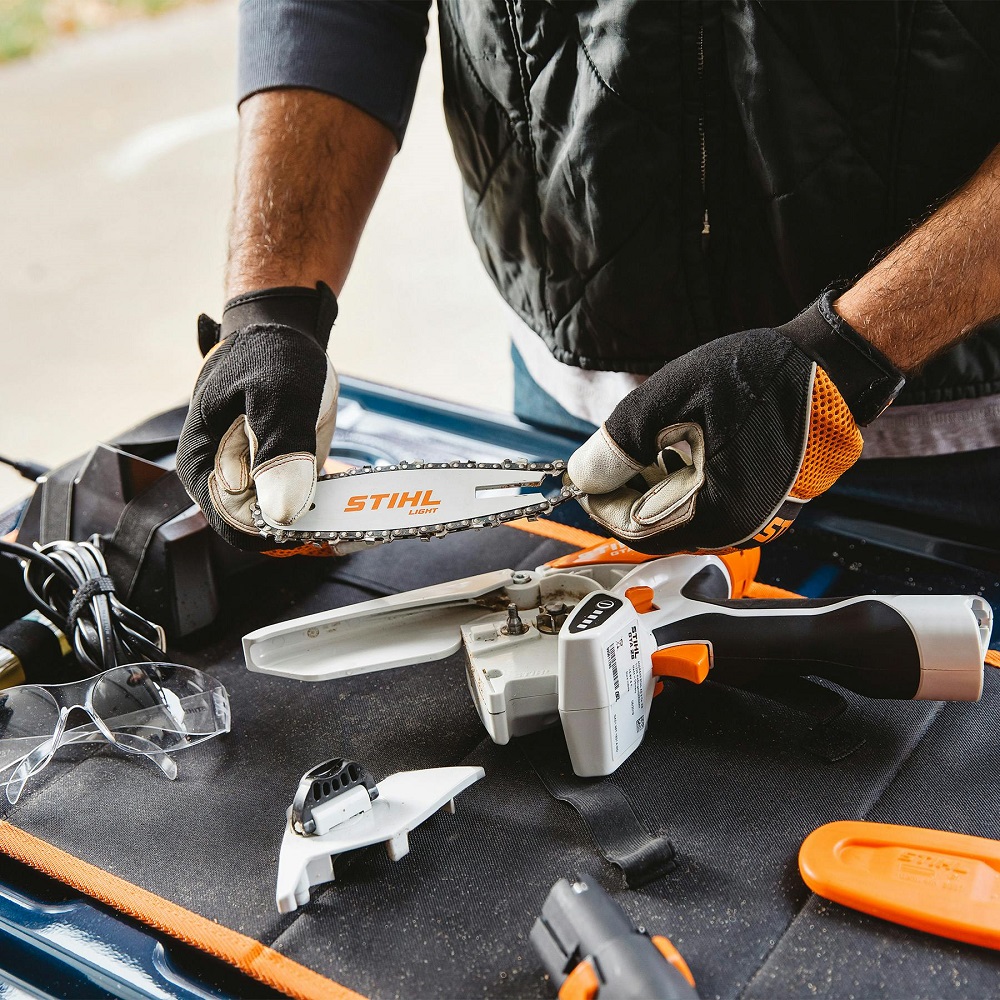
Tips for Choosing the Right Cordless Garden Tool
Selecting the right cordless garden tools is essential for efficient and hassle-free yard work. With various tools available, understanding key factors can help you make informed decisions.
Factors to Consider: Size, Weight, and Power
- Size: Choose tools that suit the scale of your garden. Smaller tools work better for limited spaces, while larger ones handle extensive areas efficiently.
- Weight: Lightweight tools reduce fatigue and are easier to maneuver, especially for longer tasks.
- Power: Match the tool’s power capacity to the task. High-power tools are better for tough jobs like cutting thick branches, while light-duty options are ideal for trimming or cleaning small areas.
Comparing Brands and Models
- Reliability: Opt for trusted brands that have a good reputation for quality and durability in cordless garden tools.
- Features: Look for specific features like adjustable settings, ergonomic handles, or extended battery life.
- Reviews: Check customer feedback and ratings to understand real-world performance and reliability.
- Warranty: Ensure the tool has a comprehensive warranty to protect your investment.
Cost vs. Performance: Finding the Right Balance
- Budget: Determine your budget before shopping. Cordless tools come in a wide range of prices.
- Performance: Assess if the tool offers good power and runtime for the cost.
- Longevity: Investing in moderately-priced, high-quality tools often saves money in the long term.
- Accessories: Check if essential extras, like replacement batteries or chargers, are included or sold separately.
By evaluating these factors, you can select cordless garden tools that meet your needs and provide excellent value.
Maintenance and Care for Cordless Garden Tool
Proper maintenance ensures cordless garden tools last longer and perform better. Regular care protects your tools from wear and tear. Follow these guidelines to keep them in top condition.
Proper Cleaning After Use
Clean your tools after every use to remove dirt, sap, and debris. Use a damp cloth to wipe surfaces and blades. For stubborn grime, use a soft brush and mild soap. Avoid submerging any parts in water, as this can damage electronic components. Keep vents and moving parts free of blockages for optimal performance.
Battery Storage and Charging Best Practices
Manage your batteries carefully to prolong their life:
- Charge Promptly: Recharge batteries immediately after use if they are not at full capacity.
- Avoid Full Drains: Don’t let the battery completely deplete before recharging.
- Proper Storage: Store batteries in a dry, cool place, away from sunlight or extreme temperatures.
- Unplug After Charging: Disconnect batteries from chargers once fully charged to prevent overcharging.
- Check Regularly: Inspect batteries for any signs of swelling or damage.
Regular Inspections and Safety Checks
Inspect your cordless garden tools regularly for signs of wear or damage:
- Blade Sharpness: Ensure blades on tools like mowers and trimmers are sharp and free of rust.
- Check Connections: Examine battery terminals and tool components for dirt or corrosion.
- Tighten Parts: Secure loose screws, bolts, and other fittings.
- Test Functions: Confirm all buttons, safety locks, and moving parts work correctly.
- Replace Worn Parts: Promptly replace any damaged or worn-out parts to maintain tool efficiency.
By following these maintenance tips, you extend the life of your cordless garden tools. Well-cared-for tools ensure reliable and safe yard work year after year.
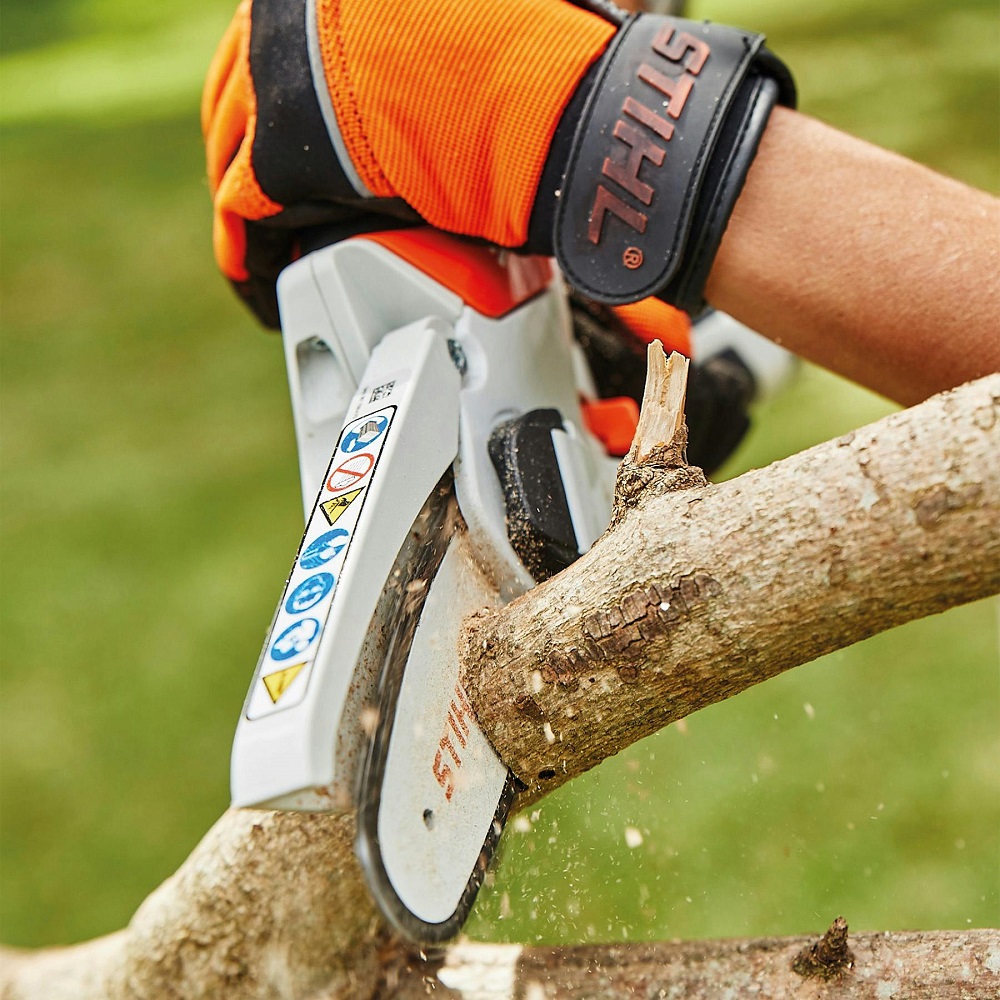
Environmental Impact of Cordless Garden Tool
Cordless garden tools offer a greener approach to yard maintenance. By relying on battery power instead of gas, they minimize harmful emissions and promote eco-friendly practices. These tools encourage sustainable gardening, helping reduce the overall carbon footprint.
How Cordless Tools Reduce Carbon Footprint
Cordless tools rely on rechargeable batteries, eliminating the need for gas-powered engines. Gas tools release carbon dioxide and harmful pollutants, contributing to air pollution. Battery-powered tools produce no direct emissions, making them a cleaner choice.
Cordless tools also help reduce noise pollution. Their quieter operation benefits neighborhoods and wildlife. This supports a more harmonious environment while maintaining gardens.
Additionally, many cordless tools require less energy for production compared to gas machines. This lowers the environmental impact during manufacturing stages. By transitioning to cordless options, users contribute to greener gardening practices.
Recycling and Disposal of Old Batteries
Proper disposal of old batteries is essential to protect the environment. Lithium-ion batteries contain materials that can be harmful if not recycled correctly. Recycling ensures these materials are reused, reducing waste and pollution.
Most manufacturers provide recycling programs for old batteries. Contact your tool’s brand to check if such programs exist. Local recycling facilities or hazardous waste centers are also good options for proper disposal.
Avoid throwing batteries in regular trash bins. When discarded improperly, batteries can leak chemicals into soil and water, harming ecosystems. Always follow safe disposal guidelines to minimize environmental impact.
By using sustainable cordless tools and responsibly recycling batteries, gardeners can help protect and preserve the planet while maintaining beautiful yards.
Safety Tips for Using Cordless Garden Tool
Using cordless garden tools requires following safety precautions for a secure and accident-free experience. These modern tools are user-friendly and efficient, but proper handling is essential. By adhering to safety practices, you protect yourself and others.
Protective Gear Recommendations
Wearing the right protective gear is important when using cordless garden tools:
- Gloves: Use gloves to prevent cuts and improve grip on tools.
- Safety Glasses: Protect your eyes from flying debris while mowing or trimming.
- Ear Protection: Wear earplugs if tools produce high noise levels for extended periods.
- Sturdy Footwear: Use closed-toe shoes with non-slip soles to avoid injuries.
- Dust Masks: Wear masks when working in dusty areas or handling dry debris.
Safeguarding Against Accidents
Follow these tips to reduce risks and ensure safe use:
- Inspect Tools: Check tools for damage or loose parts before starting.
- Avoid Wet Conditions: Do not use cordless tools in rain or wet areas to prevent electric hazards.
- Stay Alert: Focus fully on tasks to avoid mishaps.
- Keep Kids Away: Ensure children and pets are far from working zones.
- Switch Off After Use: Turn off tools and remove batteries before cleaning or servicing.
Understanding Tool-Specific Safety Features
Cordless garden tools are equipped with safety features. Learn to use these features effectively:
- Safety Locks: Prevent accidental startups by locking tools when they’re not in use.
- Auto Shut-Off: Some tools power down when batteries overheat or reach low voltage levels.
- Blade Guards: Protect yourself with tools having blade guards for safe handling.
- Ergonomic Handles: Choose tools with comfortable grips for better control and safety.
- LED Indicators: Use lights to monitor battery status and functionality during use.
By wearing protective gear, following precautions, and utilizing built-in safety features, you ensure safe and efficient use of cordless garden tools.
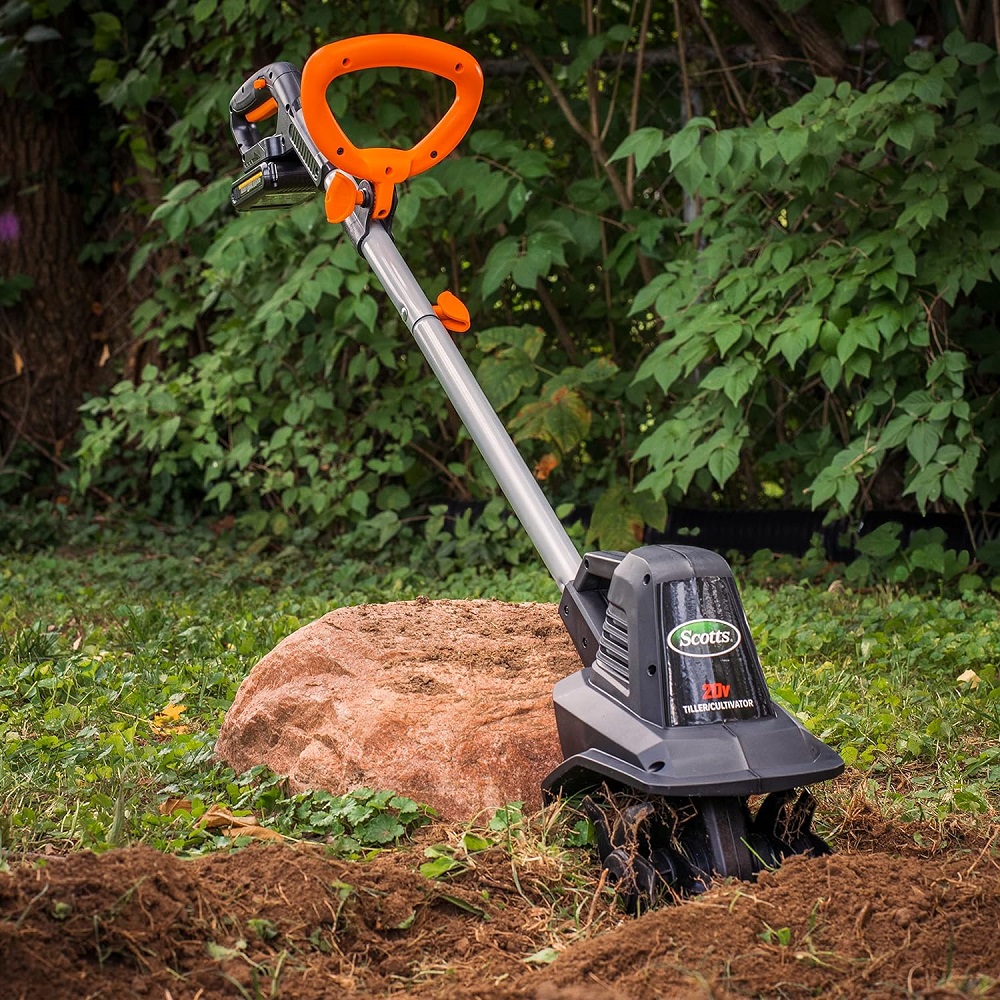
Conclusion
Cordless garden tools have transformed the way we approach gardening tasks, offering convenience and ease of use. Embracing these innovative tools enables gardeners of all skill levels to complete their projects with minimal hassle. By understanding the various types of cordless garden tools available and how to choose the right ones for your needs, you can be better prepared for any gardening challenge.
Prioritizing comfort, battery performance, and maintenance will enhance the experience of using cordless tools. Whether you opt for a cordless lawn mower, trimmer, or leaf blower, each tool can simplify your outdoor tasks. Through careful planning and preparation, you can create a productive gardening environment that allows you to enjoy the beauty of your outdoor space.
As you continue to explore the world of gardening, consider incorporating cordless garden tools into your routine. The benefits of enhanced mobility, reduced noise, and eco-friendliness make them an appealing choice for anyone looking to improve their gardening experience. With the right gear and knowledge, you can cultivate your garden seamlessly, ensuring that it flourishes beautifully this season and for years to come.
